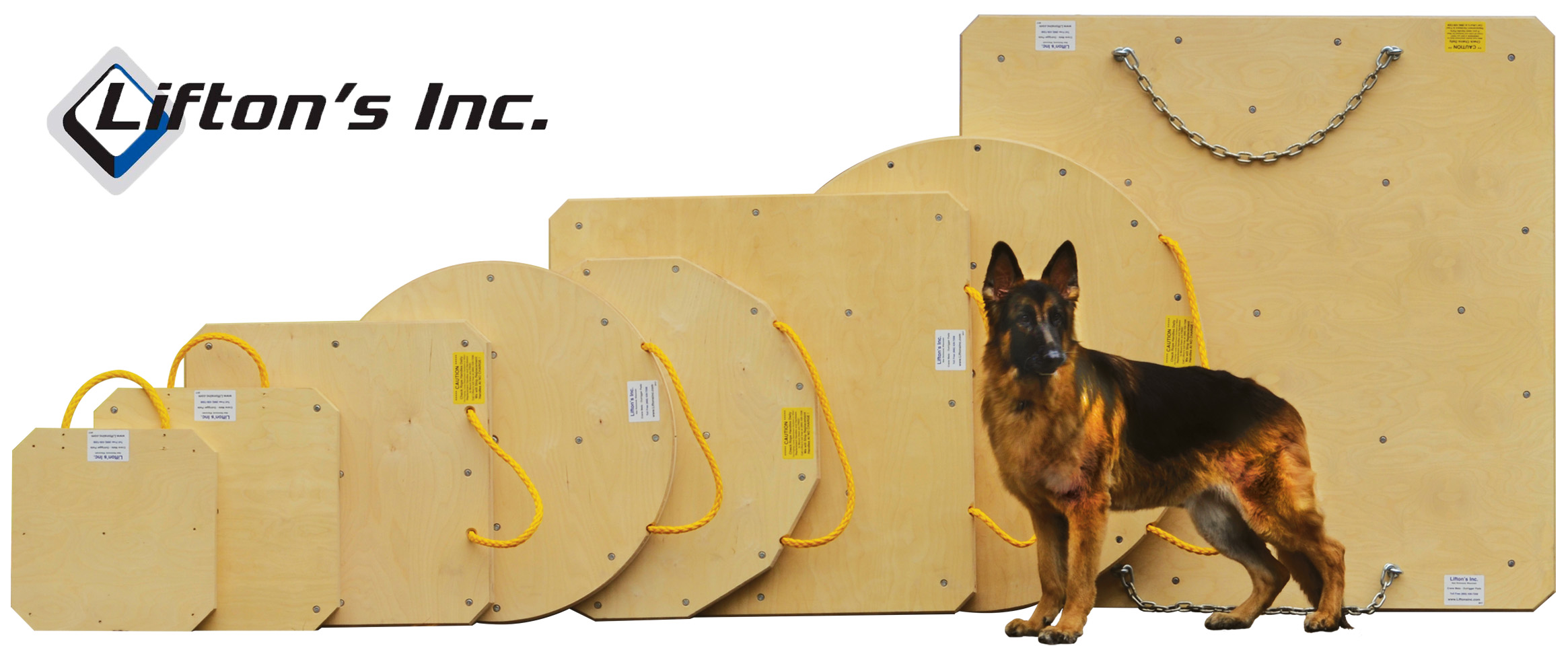| Captain Ron | 02-09-2016 | comment profile send pm notify |
|
I have been pumping since 1985. Running a boom since 1989. I now have a business that primarily pumps house slabs. When I started pumping ,it was understood that in order to have trouble free pumping , you needed at least a 3000 psi mix with fly ash. So that your cement/fly weights would total close to 480 lbs. We are now consistently pumping 2500 psi mixes consisting of 439 lbs cement /fly combined. It takes a nicely graded rock to do this consistently and we do it for the most part with no issue. Now because of fly ash being in short supply, we are being forced to try to pump 2500 straight cement- no fly ash- mixes. The cement content is only 390 lbs. the rest of the volume is made up of sand and rock (which is increased to take up the volume of fly ash that is dropped out of the mix). With more gradation and smaller rock we have actually been able to successfully pump this very lean mix, although not without its issues as it gets really "boney" if there is less gradation. It takes a very tight hopper ie. face plate cutting ring etc. to do this so we stay on top of it. Of course when the pump chokes and jams we hear" what's wrong with your pump?" or worse yet "we need another pump out here". I'm sure there are some out there that have heard this same thing. Now they are "experimenting" with slag. I would like to know everyone's thoughts on what exactly this stuff is. in the past I have gotten my education from trial and error, just going out there and banging all day, as no one would help me learn what is pumpable and what is not. Of course I was much younger then. I thought instead of beating my head against the wall while I learn what works , I might tap into the wealth of knowledge represented here on this site. Your thoughts. |
||
| ShortStik | 02-09-2016 | reply profile send pm notify |
|
17 MPA mix design eh. are there no building codes where you're at? the slag should not make any difference pumping, though with no fly ash...jebus. the slag will be harder on the system and tools. i pumped mud with slag in it before and didn't notice a difference pumping, though it was a 32 MPA design. |
||
| ShortStik | 02-09-2016 | reply profile send pm notify |
|
the slag being used where i was is part of "Going Green" program. it is metal from the recycling plants put in the concrete. |
||
| Captain Ron | 02-10-2016 | reply profile send pm notify |
|
Mr. Stick We are pumping in Tampa and Orlando and the code calls for 2500 psi mix.It doesn't care if it pumps just a 2500. My understanding is that to achieve 2500 psi it only takes about 375lbs of cement. That simply isn't enough to pump. Their 2500 standard mix has 360 lbs cement and 79 ibs fly ash. It gives us 439 lbs together. when they drop the fly out they replace it with sand and rock. Any way the QC guy is telling me that slag will help with pumping. Since I'm unfamiliar with this I'd appreciate hearing what you guys think. |
||
| Grandad | 02-11-2016 | reply profile send pm notify |
|
Slag should only replace the flyash. So ask your redimix supplier to put your 79lbs of slag per yard back in. Up here in Ontario thats all we deal with is slag. Most mix designs have 75% cement and 25% slag. we have done mix designs up to 50% slag but it pumps like crap. Also a problem is your 2500 straight mix. I understand your code only calls for that but a pump mix is needed. Tell them if you are pumping a straight mix they will not get the product they are looking for they are losing powder in the pipeline for lubrication. You need a pump mix which should also increase your fines depending on how good your sand is. We deal in MPA as strength unit up here so you are dealing with an approximate 17 mpa mix you need those extra fines to pump properly |
||
| orygun | 02-09-2016 | reply profile send pm notify |
|
my supplier was getting fine blend sand from someone that sold out to Newcastle so then I could not put the half inch through my grout pump so went to a seven sack 3/8 with slag. back to being a hero. if the sand is too clean it squeezes out the water. my putz rep told my that the line pumps where putting dirt into the load. no joke. |
||
| ShortStik | 02-10-2016 | reply profile send pm notify |
|
Cpt, id have to agree. a long time ago, a contractor wanted to pump 10mpa concrete for a mud slab (no structural slab so the form workers and rod busters didn't have to work in a 30k ft2 box of mud). i couldn't get it to pump through 5' pipe and drop hose. got the pump primed though dry or wet, the concrete just kept binding in the boom. id couldn't imagine trying to get through hoses. hopefully the slag will make pumpability alot better. good luck i was talking to a finisher about slag in concrete. said it had a nice cream to finish with and was also a no fly ash mix. but once again 30mpa+ mix design. |
||
| sherpa | 02-16-2016 | reply profile send pm notify |
|
In New south Wales Australia they have using different types of slag mixes for quite some time. Some mixes use slag sand but more often it is slag stone. Don't believe your supplier, slag will be harder to pump. The reasons for this is that the slag material is porous and so when put under pressure (such is being pumped) it will absorb water. Some of the local companies have also worked out that the slag stone is harder than most other stone materials that they use so this way they can reduce the cement content and still have it meet the strength requirments. Never try to pump full slag mixes (stone and sand) because this will end in disaster more that likely. Slag mixes can be pumped but the mix design must account for this. |
||
| pudg2 | 02-16-2016 | reply profile send pm notify |
|
I have done jobs with slag , in my experience it does very little for pumpability, 2500psi can be pumped but the mix design has to be favorable and water content high , I suggest telling your contractors you require a 3000 psi to pump . |
||
| Grandad | 02-17-2016 | reply profile send pm notify |
|
Slag stone here is called lightweight and needs to be pre soaked for minimum 24 hrs before use. Quick test to tell if it is pre-soaked is to fill a pail of water and throw a handful in if it suspends or floats it has not been pre-soaked properly. |
||
| ShortStik | 02-16-2016 | reply profile send pm notify |
|
thx sherpa |
||
| pudg2 | 02-18-2016 | reply profile send pm notify |
|
slag stone is different than slag , slag is a replacement for flyash , slag stone we require a 72 hour saturation or soak process , not many are set up very well for slag rock or lightweight rock as we call it here. |
||
| sherpa | 02-18-2016 | reply profile send pm notify |
|
Ahh didn't know this, thanks for the info. |
||

_1.png)


















.jpg)
.gif)

.jpg)









.jpg)








